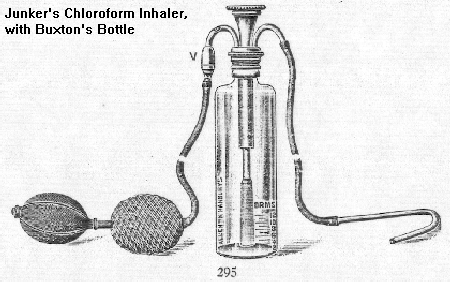 |
Veterinary Anesthesia & Analgesia Support Group |
| Practical Information for the Compassionate Veterinary Practitioner |
|
| HOME |
|
 |
|
a) rectal temperatures should be monitored every 15 to 30 minutes until the patient has demonstrated the ability to consistently maintain a stable core body temperature of at least 99.50 F but not greater than 103.00 F. i) Remain vigilant for hyperthermia, especially in patients with poor mobility and pets with compromised airway including brachycephalic breeds ii) Remain vigilant for animals that regain normal body temp initially but become hypothermic after the supplemental heat source is removed 2) Extubation should not be performed until the patient has demonstrated a clear ability to swallow a) Before extubating, insure that the upper airway is free of any gross materials that could be aspirated i) be especially vigilant for debris or gauze left in oral cavity after dental procedures b) Avoid overly aggressive stimulation that might trigger initial swallowing, only to be followed by a relapse into unconsciousness when stimulation is removed i) This is especially important when dealing with airway compromised patients including brachycephalic breeds ii) sternal recumbancy may be the best position for recovery of brachycephalic breeds 3) Continue to monitor the patient’s respiratory function, perfusion, and mental status after extubation to insure that the recovery is progressing in a stable manner 4) Discuss agitated recovering patients with a doctor a) Dysphoria as well as pain can combine to produce agitation i) First attempt to directly comfort your patient ii) If necessary, consider repeating sedatives and/or analgesics as needed iii) Remember that analgesics are best given before your patient demonstrates need (1) Have a planned drug, dose, and administration interval in place prior to the recovery of the patient 5) Continue fluids post-operatively as directed by the supervising veterinarian 6) Patients who are not on long term IV fluids should retain their catheter until they have been clearly stable for a minimum of 1 hour. 7) Administer and record the dose and timing of all post-anesthetic medications as directed by a staff veterinarian 8) Postanesthetic recovery notes are an essential component to the anesthetic record. Please do not fail to record this valuable information. 9) For pediatric patients, offering food within 2 or 3 hours of recovery is recommended to help minimize hypoglycemic risk. 10) Home care following an anesthetic procedure is a final recovery consideration. Anesthetic events can make a patient somewhat nauseous. a) Patients should be allowed to settled in at home for at least 1 hours before offering water. i) Initially water should be offer in limited amounts until it is clear that the patient will not vomit after drinking and that they are not interested in “guzzling” large amounts of water. b) If the patient has been home for at least 2 hours, has not vomited at all, and is exhibiting some interest in food, they can be offered a small meal i) The meal should not exceed 25% of their normal meal size. ii) The patient can resume their normal meal routine the following day unless told to do otherwise by the attending doctor. c) Post anesthesia, pets can be unsteady on their feet. The evening after anesthesia owners should be cautioned to be careful with them on stairs, and in situations that would not normally be considered dangerous (such as cats jumping down from high places). |
||
| Return to top of page | ||
| Questions or problems regarding this web site should be directed to DRSTEIN@VASG.ORG. Copyright © 2003 ASAH. All rights reserved. Last modified: April 9, 2011 . |
||